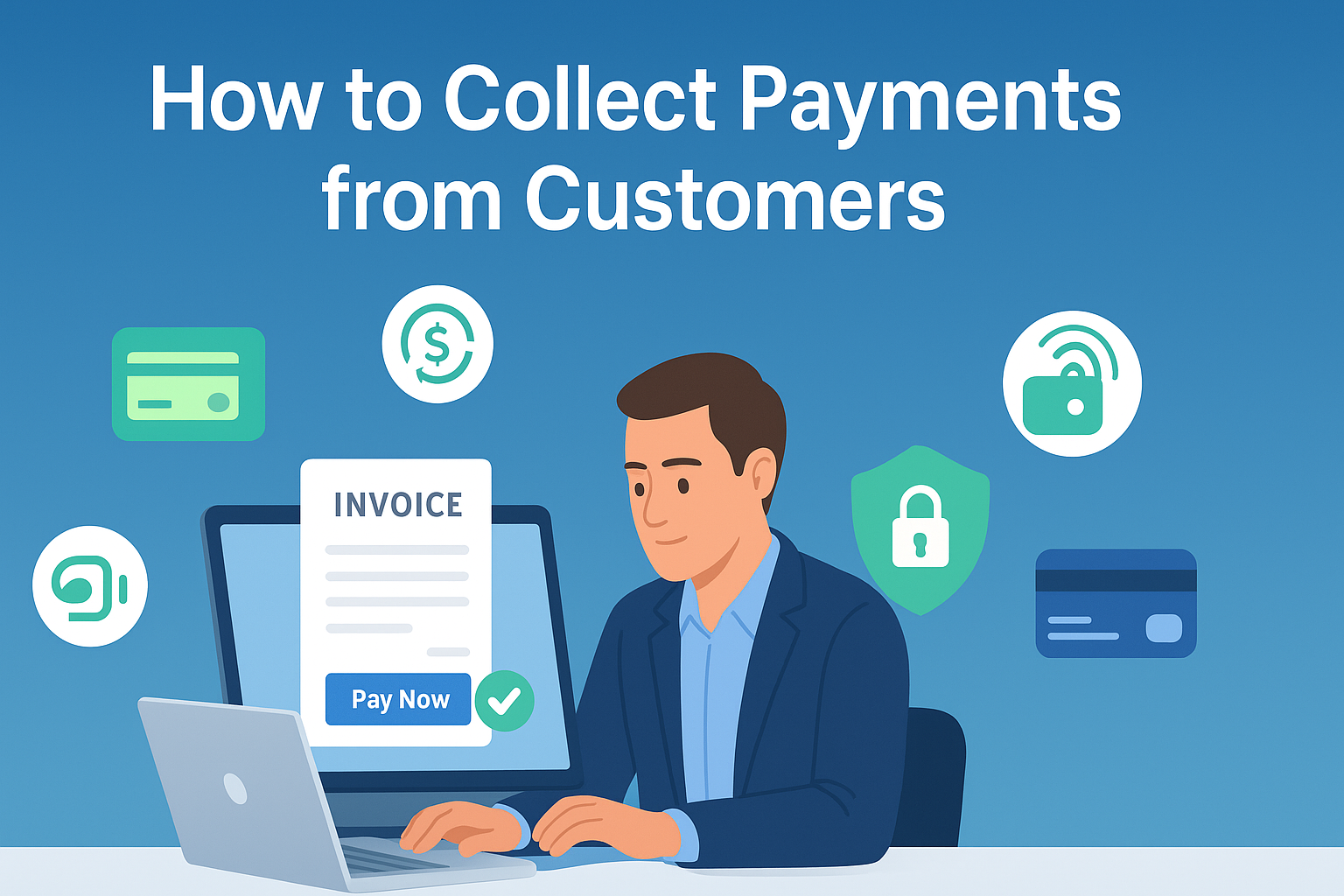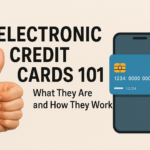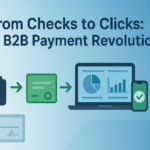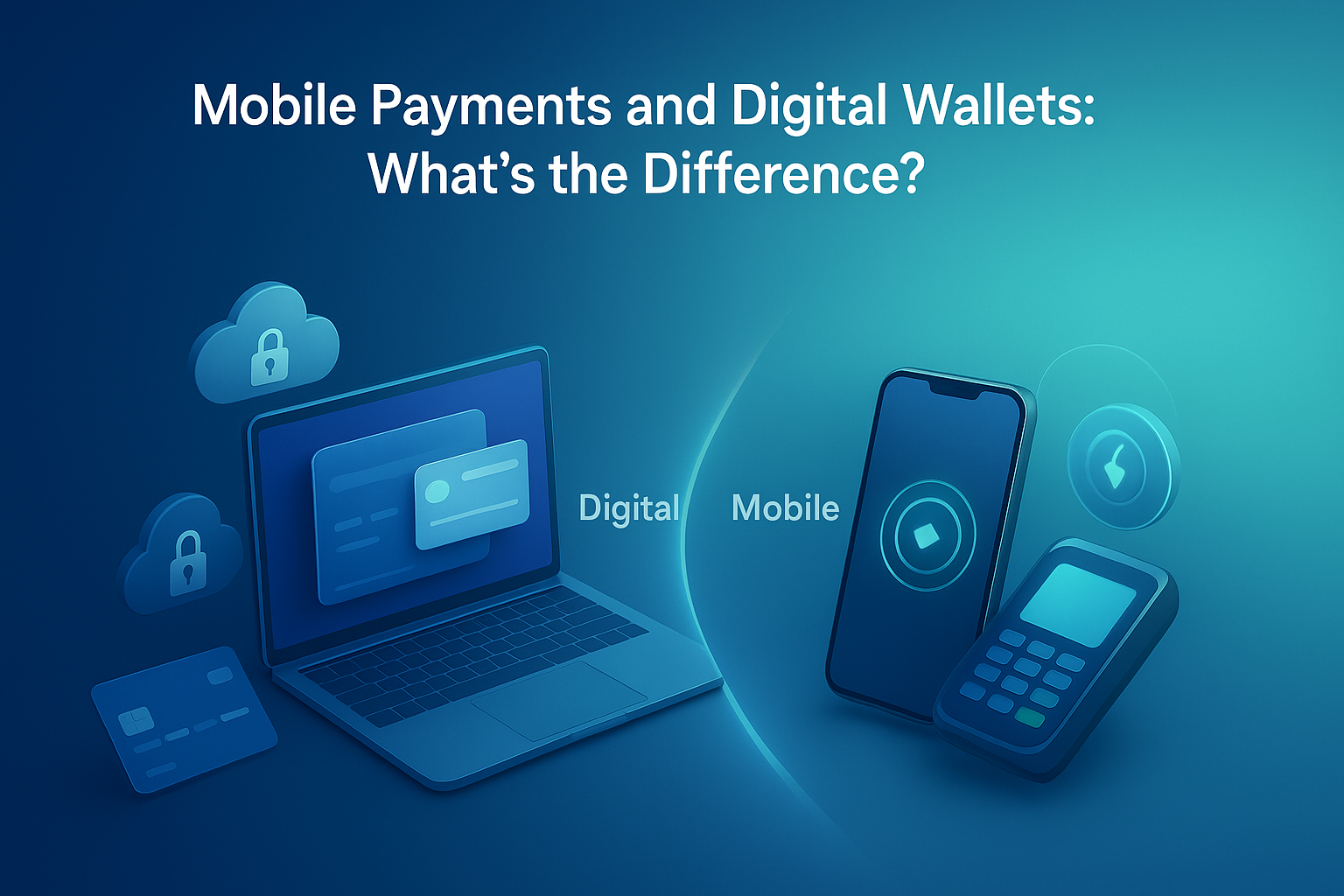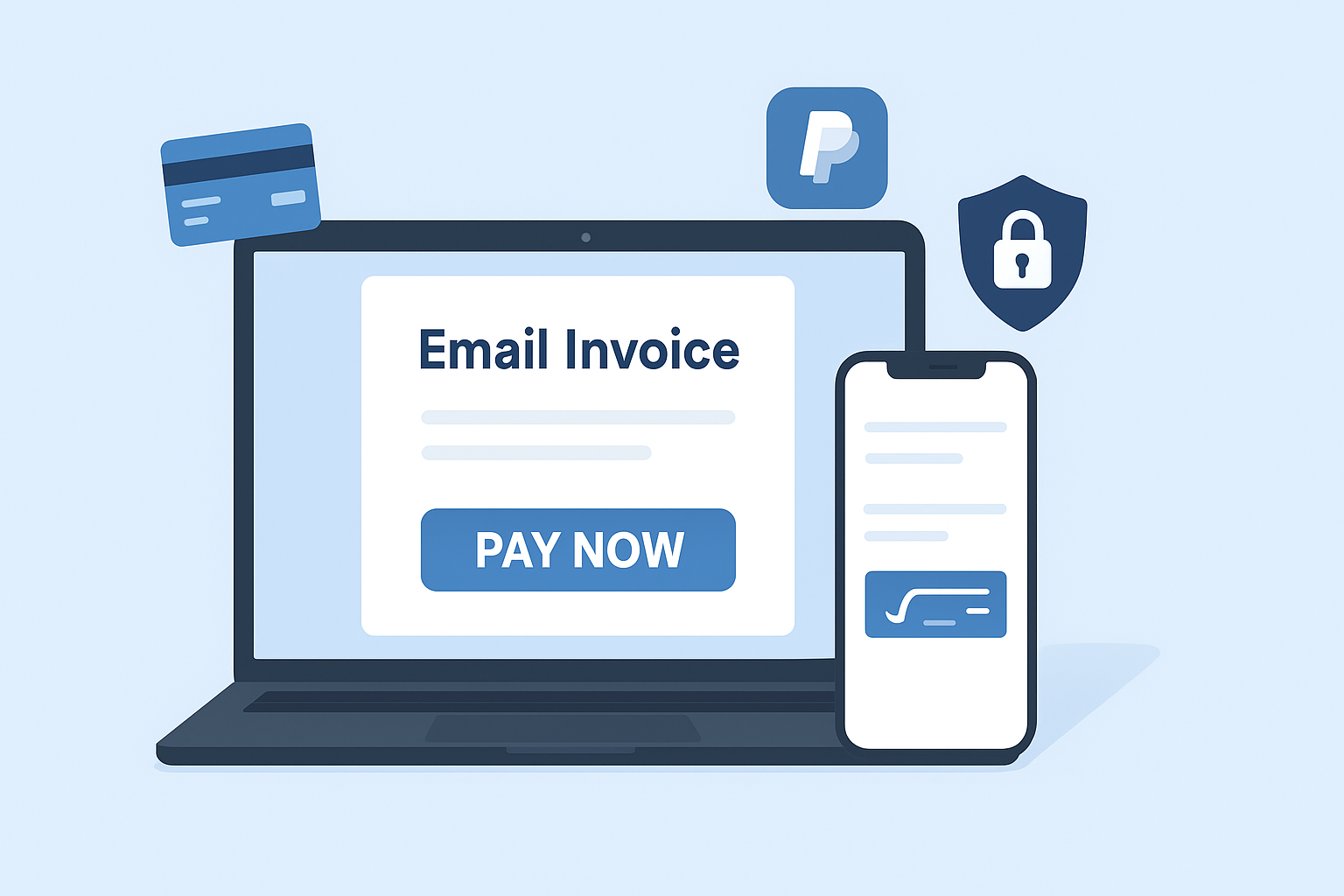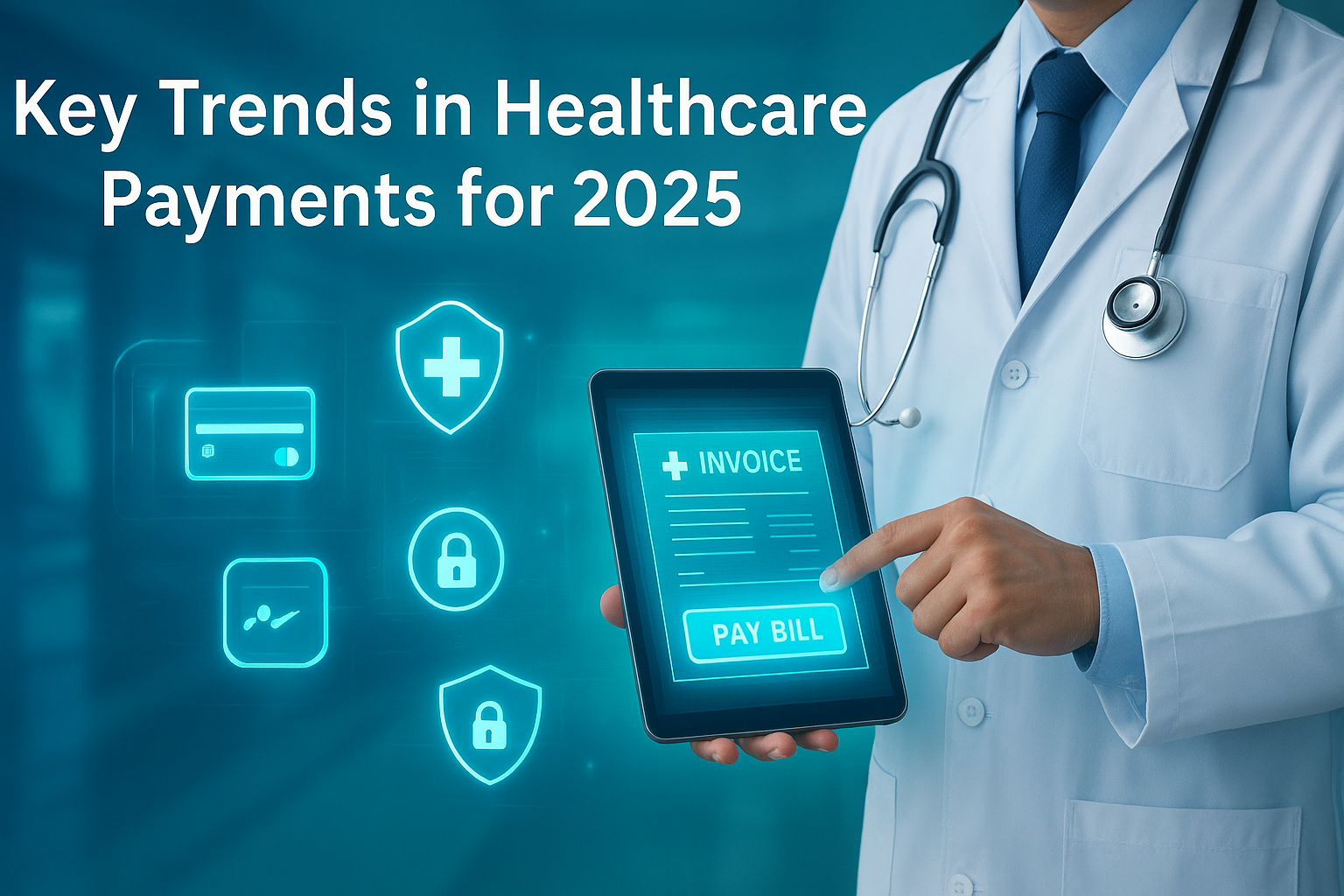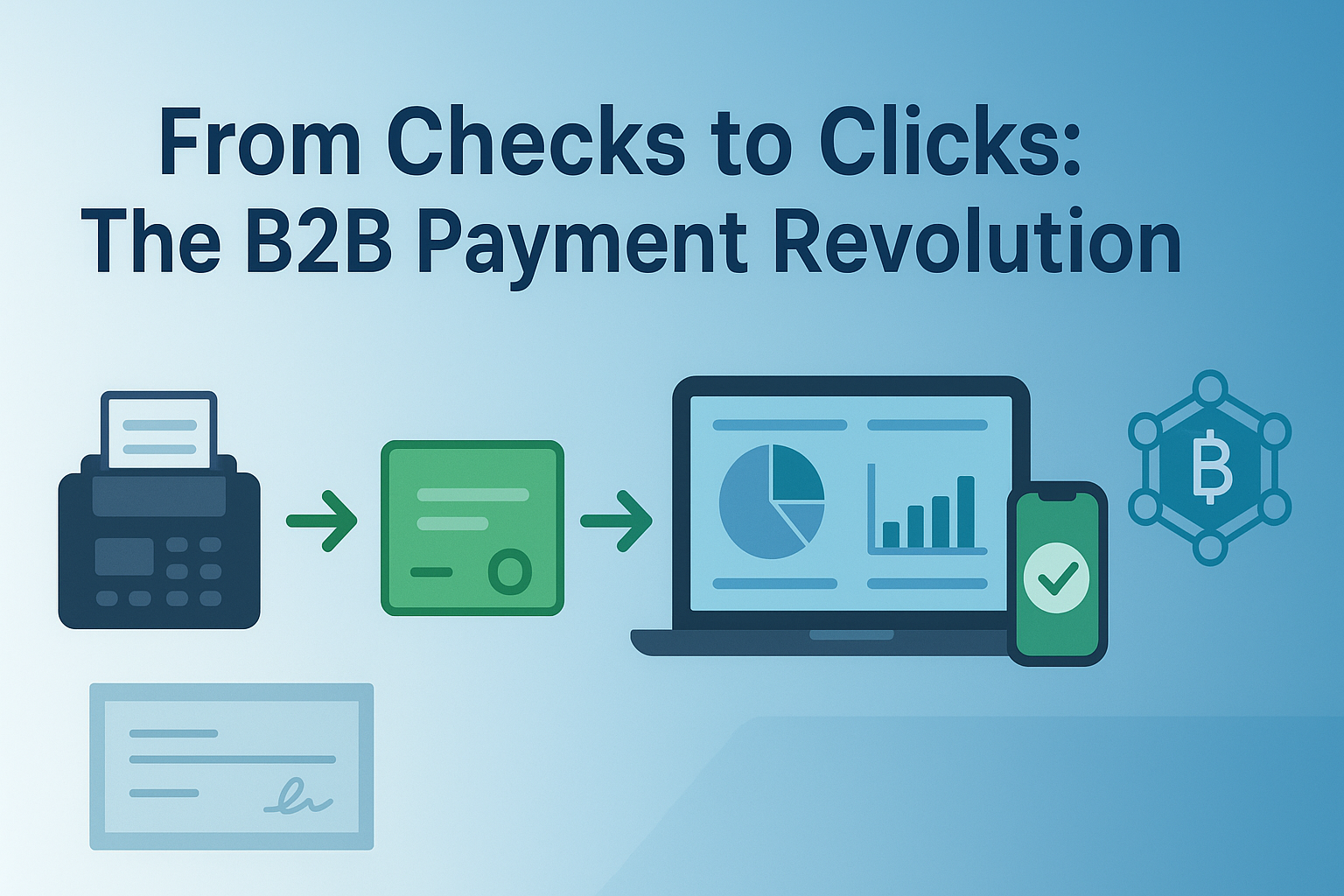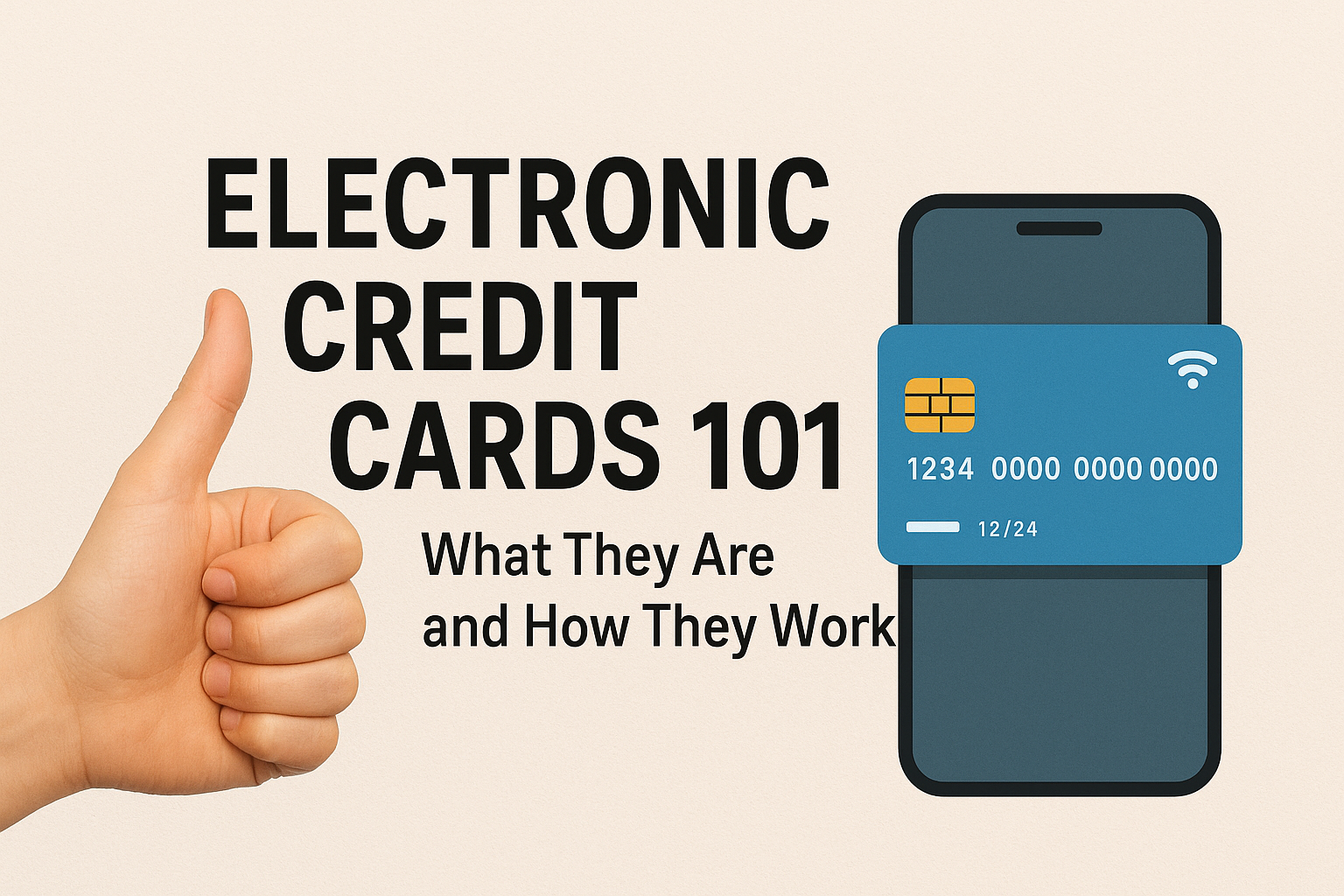Collecting payments from customers can often feel like a delicate balance. On one side, you want to maintain positive relationships with clients; on the other, your business needs consistent cash flow to survive and grow. Late or missing payments can disrupt operations, slow down investments, and create unnecessary stress. The good news is that there are practical and professional strategies you can use to encourage customers to pay on time while making the process easier for everyone involved.
In this blog, we’ll walk through how to encourage timely payments, discuss best practices for invoice management, and explore six easy contact-free ways to collect payments.
How to Encourage Your Customers to Pay Their Invoices on Time
Offer Multiple Payment Options
Flexibility is key when it comes to payment collection. Customers are more likely to pay quickly if they can choose from a variety of methods, such as credit cards, debit cards, bank transfers, digital wallets, or even cash apps. By providing multiple channels, you’re removing friction from the process and showing customers that you respect their preferences.
A recent survey found that 74% of consumers are more likely to complete a transaction if their preferred payment option is available. That’s a compelling reason to diversify your payment acceptance methods.
Communicate Your Preferred Payment Method
While offering multiple choices is important, you should also communicate your preferred method clearly. For example, if online bank transfers are the most efficient for your bookkeeping, let customers know upfront. Providing instructions on how to use that method will save time for both parties.
Invoice Management
A well-organized invoicing system is the foundation of efficient payment collection. Use professional invoice templates, include clear due dates, and itemize services or products to avoid confusion. Implementing payment processing solutions that streamline invoice tracking will reduce the risk of late or overlooked payments.
Payment Upfront or Partial Payments
For large projects or custom orders, asking for partial or upfront payments is common practice. This approach not only secures commitment but also minimizes financial risk. Breaking payments into milestones can make it easier for clients to budget while ensuring your cash flow remains steady.
Automate Payment Reminders
Even the most reliable customers can forget due dates. Automated reminders take the awkwardness out of chasing payments and serve as polite nudges. Many accounting software tools now offer built-in reminder systems that you can schedule in advance.
Online Payment Gateways
Online payment gateways make it possible for customers to settle invoices instantly from anywhere. They also provide detailed records, helping both you and your clients keep track of transactions. Ensure your gateway supports secure payment processing to protect sensitive data and boost customer confidence.
Secure Payment Processing
Today’s customers are highly aware of online fraud risks. By investing in secure payment processing systems, you’re signaling that their financial safety is your priority. Fraud detection tools, encryption, and PCI-compliance measures not only safeguard transactions but also strengthen your business reputation.
6 Easy Contact-free Ways to Collect Payments
In an increasingly digital world, contact-free payments have become the new standard. Here are six simple ways to implement them:
Send Electronic Invoices
Instead of mailing paper invoices, send electronic ones via email or through accounting software. They arrive instantly, and many systems let customers pay directly through the invoice itself.
Include A “Pay Now” Button On Your Website
A clear, visible “Pay Now” button integrated with your website creates a smooth payment experience. Customers can quickly pay using their preferred method, and you’ll reduce the need for manual follow-ups.
Schedule a Payment in Advance
For recurring services or subscription-based businesses, offering customers the option to schedule payments in advance ensures consistency. It’s convenient for clients and guarantees predictable revenue for your business.
Consider ACH Payments
Automated Clearing House (ACH) payments are secure and cost-effective, particularly for recurring transactions. ACH transfers often carry lower fees than credit card transactions, making them a practical option for both businesses and customers.
In fact, ACH transaction volume in the U.S. grew by 8.7% in 2023, totaling more than 31 billion payments. This growth reflects increasing consumer trust in this method.
Pre-authorize a Transaction
For service-based businesses, pre-authorizing a customer’s payment method ensures funds are available before the service is delivered. This reduces the likelihood of non-payment and gives both parties peace of mind.
Promote Contactless Payments in Person
If you interact with customers face-to-face, offering contactless payment options such as tap-to-pay cards or mobile wallets like Apple Pay and Google Pay makes the process faster and safer. Many customers now prefer contactless methods for hygiene and convenience.
Conclusion
Collecting payments doesn’t have to be a source of stress for your business. By offering flexible options, communicating clearly, leveraging technology, and prioritizing secure payment processing, you can encourage customers to pay on time while making the experience more convenient for them. Contact-free methods are no longer just a trend; they’re becoming essential in today’s payment landscape.
Applying the strategies mentioned above will assist you in reducing late payments, improving cash flow, and maintaining strong customer relationships. When payment is simple, safe, and flexible, everyone wins.

